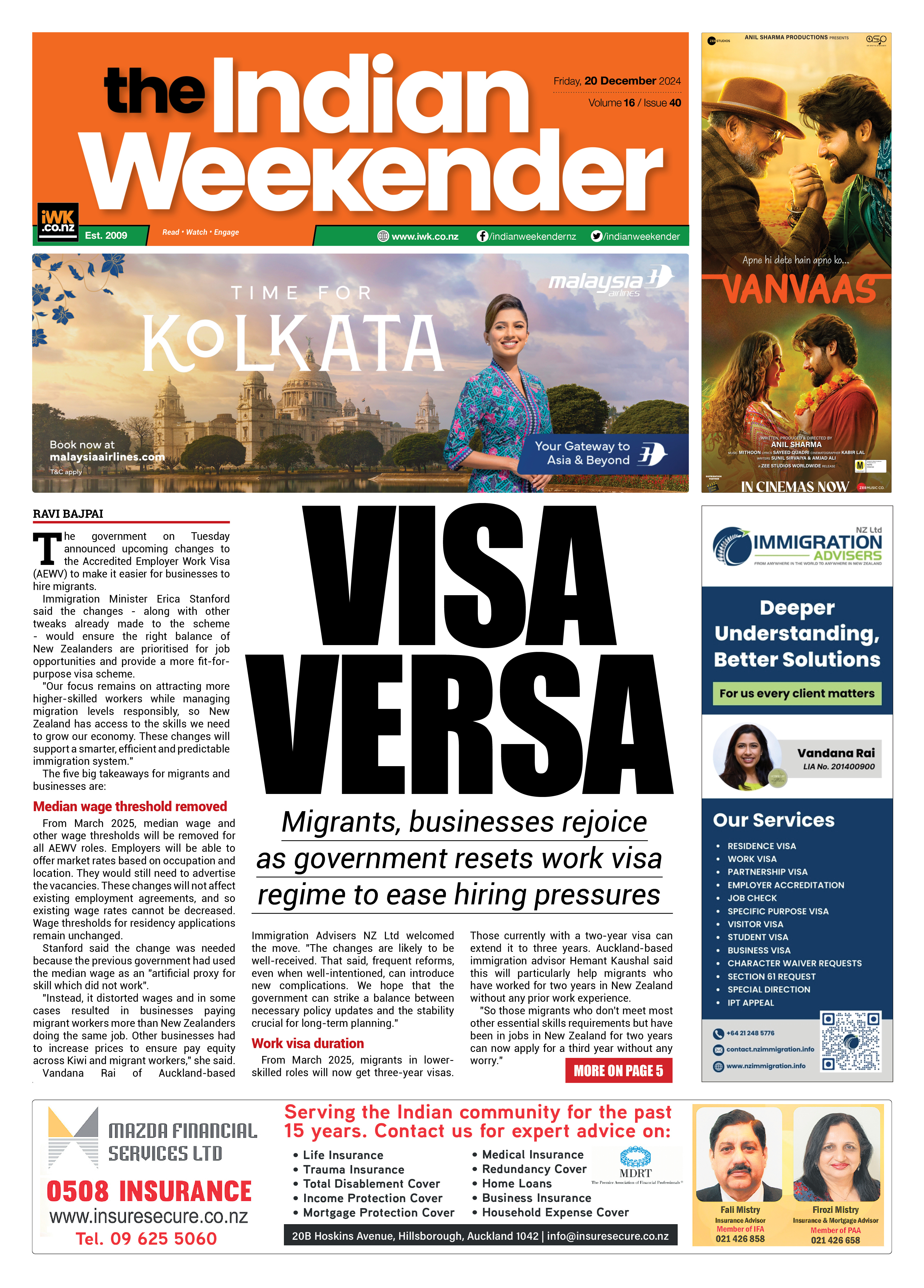Hybrid Models May Work Best In WFH Debate

Following the COVID-19 pandemic, work-from-home (WFH) policies became a norm out of necessity, reshaping work culture and sparking discussions on productivity, work-life balance, and urban economies. However, as governments and private companies insist on a return to physical offices, there is considerable pushback from employees and new concerns arising for businesses.
Governments and business leaders, including those in New Zealand, have vocalised the belief that physically returning to the office leads to higher productivity and improved work culture. The New Zealand government recently directed public servants to spend more time in the office, citing concerns over decreased performance and cultural shifts caused by WFH arrangements. The Prime Minister’s insistence that public servants be “highly productive and firing on all cylinders” echoes sentiments from other countries, such as the US, UK, and Australia, where returning to office directives have stirred debates.
Advocates for the return to office spaces argue that in-person collaboration, spontaneous brainstorming, and a sense of belonging to a workplace community are vital to a company’s success. There’s a belief that in-person engagement fosters better professional development, mentorship opportunities, and quicker resolution of issues. Additionally, it revives the CBDs of cities, which have suffered economically from reduced foot traffic, particularly businesses like hospitality, retail, and public transport.
The economic case for returning to the office is straightforward: cities depend on a vibrant workforce. Hospitality and retail sectors in Wellington, for example, reported significant declines in foot traffic and revenue during the pandemic. Office workers once populated lunchtime cafes, bars for after-work drinks, and stores for quick shopping trips. A resurgence of in-office work promises a revival for these businesses, potentially easing financial pressures they have faced due to sparse customer presence.
Yet, the perspective of many employees and labour advocates challenges this narrative. The benefits of remote work are compelling, ranging from improved work-life balance to reduced commuting stress and cost savings. The environmental argument is also significant; remote work has been associated with reduced carbon emissions due to decreased commuting. Studies have shown that even a few days of remote work per week can significantly lower an individual’s carbon footprint, contributing to broader environmental sustainability efforts.
Many employees argue that their productivity and well-being improve when working remotely. The flexibility offered by WFH arrangements allows better integration of personal life responsibilities, such as childcare or eldercare, and enables individuals to work in environments where they are most comfortable and focused. Research across multiple countries, including in Europe and North America, has shown that a large percentage of employees value remote work highly, and would even consider changing jobs if required to return to the office full-time.
A more balanced approach that takes into consideration a hybrid model has found favour in many countries. Employers who have embraced hybrid work recognise that some roles may indeed benefit from regular in-person interaction, but also appreciate the flexibility and productivity that remote work provides.
Still, there are practical considerations that make this shift complex. With the onset of remote work, many companies downsized their office spaces, reducing capacity to accommodate all employees simultaneously. The reintroduction of full-time in-office work may demand logistical adjustments, including additional costs for expanding office space or revamping current infrastructure. Additionally, such changes often need to be made with proper consideration of employee morale; forcing workers back into offices without providing flexibility may lead to dissatisfaction, burnout, or even attrition.
From a business perspective, employers must balance between fostering a cohesive company culture and ensuring high productivity while accommodating modern expectations for flexibility. Returning to the office may bolster team spirit and facilitate quick problem- solving, but there is a risk that doing so without careful planning can erode the work-life balance many employees have come to value. In essence, what was once seen as a privilege —working from home— has quickly become a core expectation of many employees across the globe.
When weighing the pros and cons, it is evident that a one-size-fits-all approach does not work. The most balanced path forward may be a hybrid model that recognises the diverse needs of employees, employers, and urban economies. This approach capitalises on the benefits of remote work —such as flexibility, productivity, and environmental sustainability— while still providing opportunities for face-to-face interaction and maintaining a city’s economic vibrancy.






